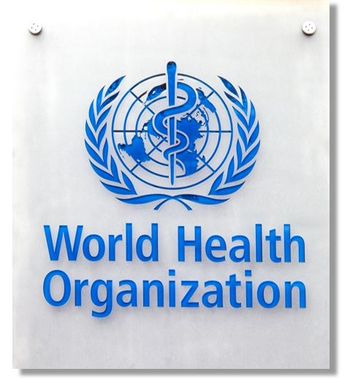
Exercise Offers an Additional Vital Sign to Strengthen Patient Care
Physicians may improve patient care by adding a vital sign for exercise as an assessment tool in the clinical setting. Asking patients about their exercise habits could be an important part of their care and treatment.
Physicians may improve patient care by adding a vital sign for exercise as an assessment tool in the clinical setting, according to the American College of Sports Medicine (ACSM). Asking patients about their exercise habits could be an important part of their care and treatment that often is ignored, a study has shown.
The research offers preliminary support to indicate that implementing an exercise vital sign (EVS) in addition to the traditional vital signs-pulse, blood pressure, temperature, and respirations-could offer many benefits in disease prevention and management, the investigators noted.
The study objective was to describe the face and discriminant validity of an EVS for use in an outpatient electronic medical record. The authors reviewed data from close to 1.8 million outpatient visits to Kaiser Permanente Southern California. Patients were routinely asked questions about their usual daily levels of activity and were assigned a minutes-per-week value on the basis of their answer.
In the study, a greater disease burden increased the likelihood of physical inactivity in the sample patient population. There were lower activity levels among patients who were older, obese, or members of ethnic minorities.
The researchers found that the EVS has good face and discriminant validity and may provide more conservative estimates of physical activity behavior than national surveys. It also may provide information about the relationship between exercise and health care use, cost, and chronic disease that has not been previously available at the population level.
The study, “Initial Validation of an Exercise ‘Vital Sign’ in Electronic Medical Records,” was published in
Newsletter
Enhance your clinical practice with the Patient Care newsletter, offering the latest evidence-based guidelines, diagnostic insights, and treatment strategies for primary care physicians.
















































































































































































































































































